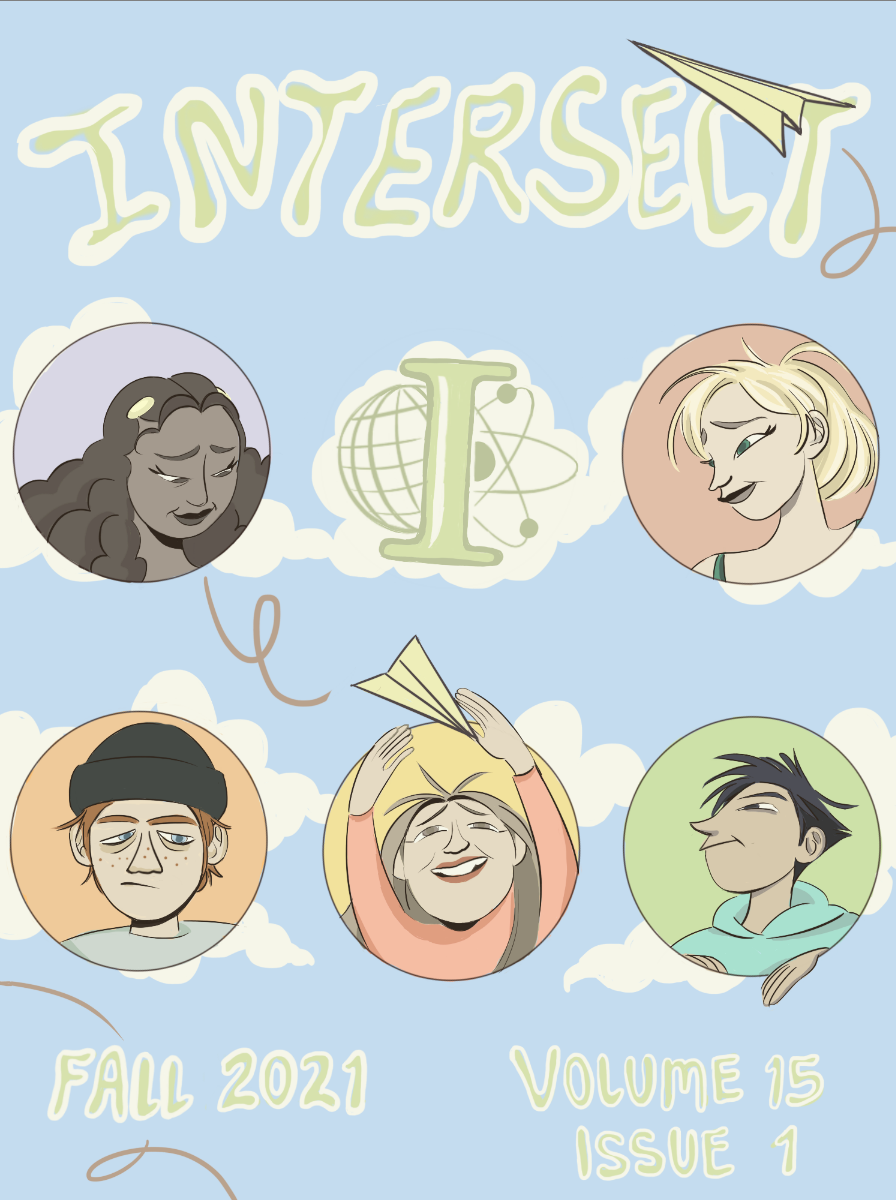Group Identification and Social Networking Use
A Study of Ryerson University Students During the COVID-19 Pandemic
Abstract
The COVID-19 virus poses serious physical health risks. However, more recently, researchers have been increasingly concerned by the toll that preventative social distancing and lockdown orders pose for mental health. According to Reger et al (2020), factors such as social isolation and decreased access to community support are associated with an increased risk of adverse mental health effects such as suicidal thoughts and behaviors in US populations. To alleviate the stress associated with stay-at-home orders, Reger et al (2020) claim that social media and telecommunications may help individuals cope with the psychological strain associated with prolonged physical distancing. Although most research studies have focused on the US and other Western countries, little research has been conducted on the impact that the COVID-19 pandemic has had on Canadian populations, especially postsecondary student populations (Hamza et al., 2021). This research study examined the role that stay-at-home orders had on university students in Toronto, Canada, by measuring the association between self-reported Group Identification Scale (GIS) scores and Social Networking Time Use Scale (SONTUS) scores. It was hypothesized that given the significant disruption that COVID-19 had on education and socialization, university students with higher GIS scores would have greater SONTUS scores. With the inability to communicate face-to-face due to stay-at-home orders and campus closures, it was believed that those with higher GIS scores would mitigate social isolation and disconnection through increased social media use. Conversely, those with lower GIS scores, having decreased connection with their peer groups, would in turn, have less need for social media use during the pandemic. Student participants from an asynchronous online psychology course traditionally taught in person were given two rating scales to determine mean GIS and SONTUS scores. Correlational research was then used to explore the relationship between the identified two variables.
Downloads
Published
Issue
Section
License
Copyright (c) 2021 Intersect: The Stanford Journal of Science, Technology, and Society

This work is licensed under a Creative Commons Attribution-NonCommercial-NoDerivatives 4.0 International License.
Authors who publish with this journal agree to the following terms:- Authors retain copyright and grant the journal right of first publication with the work simultaneously licensed under a Creative Commons Attribution License that allows others to share the work with an acknowledgement of the work's authorship and initial publication in this journal.
- Authors are able to enter into separate, additional contractual arrangements for the non-exclusive distribution of the journal's published version of the work (e.g., post it to an institutional repository or publish it in a book), with an acknowledgement of its initial publication in this journal.
- Authors are permitted and encouraged to post their work online (e.g., in institutional repositories or on their website) prior to and during the submission process, as it can lead to productive exchanges, as well as earlier and greater citation of published work (See The Effect of Open Access).

